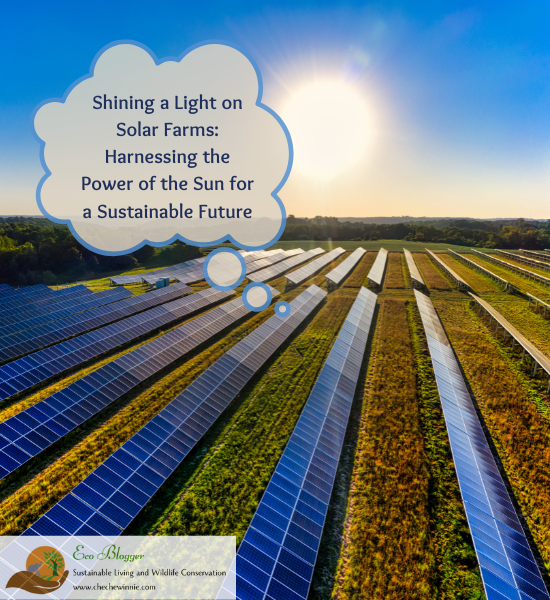Solar farms are large-scale renewable energy facilities that generate electricity by harnessing the power of the sun. They are typically composed of thousands of solar panels, which convert sunlight into electricity that can be used to power homes, businesses, and other facilities.
Solar farms have become an increasingly popular way to meet the world’s growing energy needs while reducing greenhouse gas emissions and combating climate change
What is a Solar Farm?
A solar farm is a large-scale facility that generates electricity by using photovoltaic (PV) technology. PV panels are made up of photovoltaic cells that convert sunlight into electricity. The panels are mounted on frames and arranged in rows on the ground or on rooftops to maximize exposure to the sun.
The electricity generated by the solar panels is then sent to a power inverter, which converts the direct current (DC) electricity into alternating current (AC) electricity that can be used to power homes and businesses.
How do Solar Farms Work?
Solar farms work by harnessing the power of the sun to generate electricity.
The PV panels on a solar farm are designed to capture as much sunlight as possible, even on cloudy days.
The electricity generated by the panels is then sent to a power inverter, which converts the DC electricity into AC electricity that can be used to power homes, businesses, and other facilities.
The electricity generated by a solar farm can either be used on-site or sold back to the grid.
Benefits of Solar Farms
Solar farms offer a number of benefits, including:
- Renewable energy: Solar energy is a renewable source of energy that does not produce greenhouse gas emissions or contribute to climate change.
- Reduced electricity costs: Solar energy is cheaper than fossil fuels, and solar farms can help reduce electricity costs for homes and businesses.
- Job creation: The development, construction, and maintenance of solar farms can create jobs in local communities.
- Reduced reliance on fossil fuels: Solar farms can help reduce our reliance on fossil fuels and move towards a more sustainable energy future.
- Increased energy security: Solar farms can provide a reliable source of energy that is not subject to price fluctuations or supply disruptions.
What are some of the downsides of Solar farms?
While solar farms offer numerous benefits such as clean and renewable energy, there are also some disadvantages associated with them. Here are some of the most significant disadvantages of solar farms:
- Land Use: Solar farms require a large amount of land to install solar panels, and this can cause conflicts with land use for agriculture, wildlife habitats, or even recreation. Land use can also have impacts on the local ecosystem, such as soil erosion, water runoff, or disruption of natural habitats.
- Weather Dependence: Solar farms depend on the availability of sunlight, so their energy output can be reduced during cloudy days, nighttime, and seasons with less sunlight. This can create challenges for grid stability and require additional energy storage or backup systems.
- Cost: While the cost of solar panels has decreased significantly in recent years, the initial investment required for building a solar farm is still relatively high. This can make it challenging for smaller companies or individuals to invest in solar farms.
- Maintenance: Solar panels require regular cleaning and maintenance to ensure optimal performance, which can add to the operating costs of a solar farm. Additionally, solar panels can be damaged by extreme weather events such as hail or storms, requiring costly repairs or replacement.
- Visual Impact: The large size of solar farms and their support structures can be seen as visually unappealing by some people, which can lead to opposition to their construction.
Overall, while solar farms offer numerous benefits, it is important to consider these potential disadvantages when evaluating their implementation.
In conclusion
Solar farms are an important and growing source of renewable energy that can help us move towards a more sustainable energy future. By harnessing the power of the sun, solar farms can generate electricity that is clean, affordable, and reliable.
So if you’re looking to reduce your carbon footprint, save money on electricity, or simply support clean energy, consider supporting solar farms and spreading the word with these slogans and hashtags.
